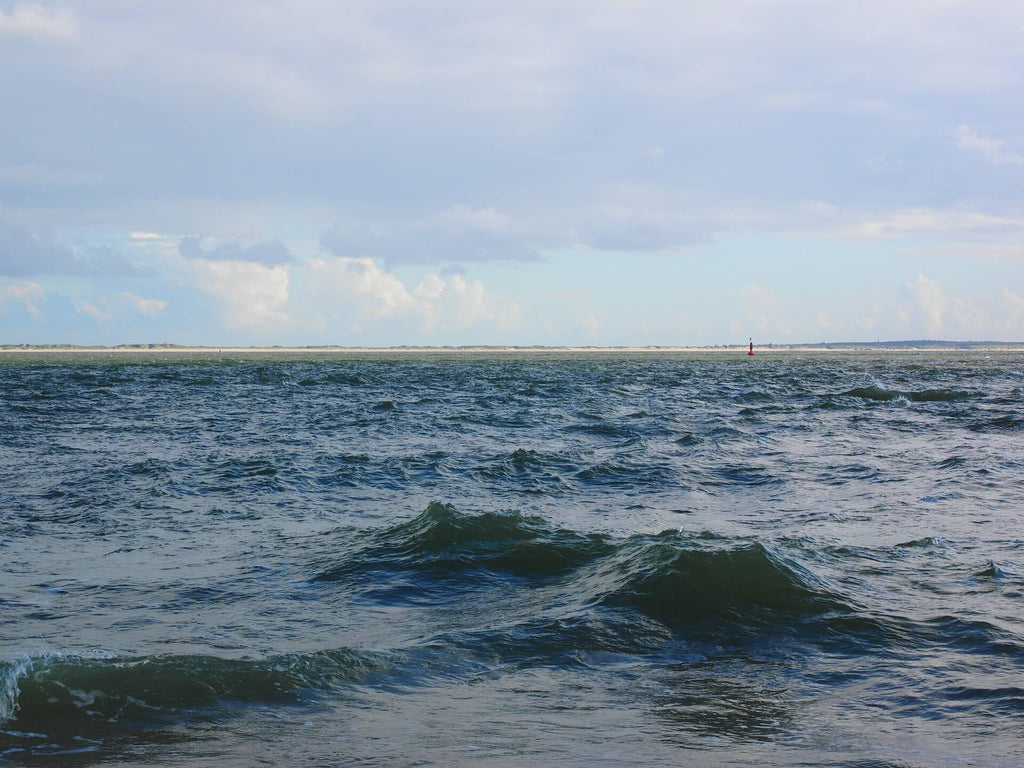Self-rescue from the current – when the sea becomes a trap

The sea can put a smile on anyone's face in just a few seconds. The cool and seemingly endless water provides the necessary cooling in the height of summer and manages to evoke that absolute summer feeling in you within just a few seconds. Even those who are not water rats can find something positive about the sea and simply enjoy the calming sight of the waves.
However, the statistics also reveal a fact that many sea fans neglect every year - the sea can become a threatening place, and often more quickly than some people would like. Dangerous ocean currents are one of the most underestimated dangers when visiting the beach. In the USA alone, an average of 50 people die each year because the dangers of currents were not taken seriously, or because they simply did not know about them. But what is a current anyway, and how can you save yourself if such a dangerous situation arises? WOLFGANGS takes a closer look for you.
The danger of an undercurrent
Tsunamis, sharks, jellyfish and the like - everyone knows all too well the potential dangers that could lurk in the sea, as these examples are only visible sources of danger, to which one can usually react early on. The situation is different when it comes to undercurrents. These are usually only visible to bathers when it is already too late and they are at the mercy of the water's pull . This makes the currents that prevail in the sea all the more awe-inspiring and unpredictable.
Whenever waves hit a section of beach and then break, the water flows back to where it came from a short time later - that's right, into the sea! This simple movement of the water can in some cases be so powerful that it can simply tear your legs away and pull you into the water. This undercurrent, which is also known as surf suction, regularly causes the sea to become a trap for swimmers. Freeing yourself without external help is often not possible, as the suction can be extremely powerful.

Greater caution in rip currents
An even greater source of danger is the so-called rip current, which is also known as the surf current. Statistically speaking, it can be said that this type of current is responsible for around 80% of all swimming accidents.
Rip currents always occur when the water cannot flow back to the sea unhindered and evenly after breaking on the beach. Sandbanks and rocks below the sea surface cause the water to flow back past them unevenly , which ultimately creates a much stronger and, above all, concentrated suction. This can pull the unsuspecting bather out to sea within a few seconds and thus catapult them into a life-threatening situation.
How to rescue yourself from a current
Even though there is no 100% guarantee that you can free yourself from a current on your own, there are still important rules of conduct that you should always try to recall and apply in such a situation.
You should always try to accept the situation and not panic, as this would only make the situation worse. Swimming against the current, which many surprised swimmers do, also proves to be pointless and exhausting. Try to stay calm and conserve your energy instead.
A current can easily reach speeds of up to 9 km/h or effortlessly manage to increase the speed to 2.5 meters per second. To clarify - with such acceleration, even Olympic swimming champions would look stupid during a direct duel. The motto is therefore - conserve your strength and not try to make the almost impossible possible. If you have to endure a long time in the sea, every single reserve of strength can be vital to survival.
It is better to let the current pull you out and carry you along for a while, and at a certain point try to swim diagonally to the current towards the shore. If your strength starts to wane over time, it is a good idea to stay on your back for a while. You should always keep your gaze towards the shore. It is also extremely important to make yourself noticeable. Even if the whole situation is very demanding, try to draw attention to yourself by waving.






